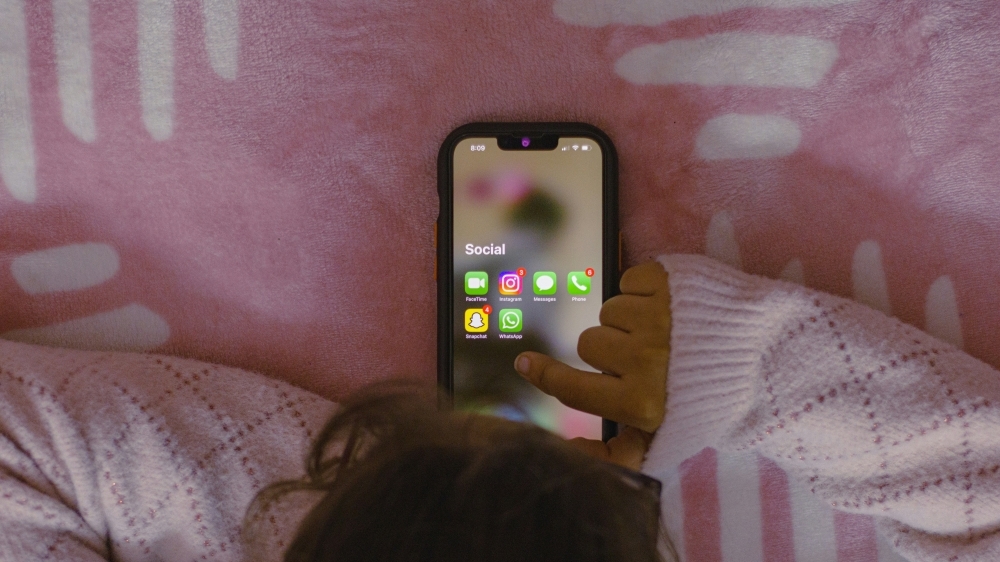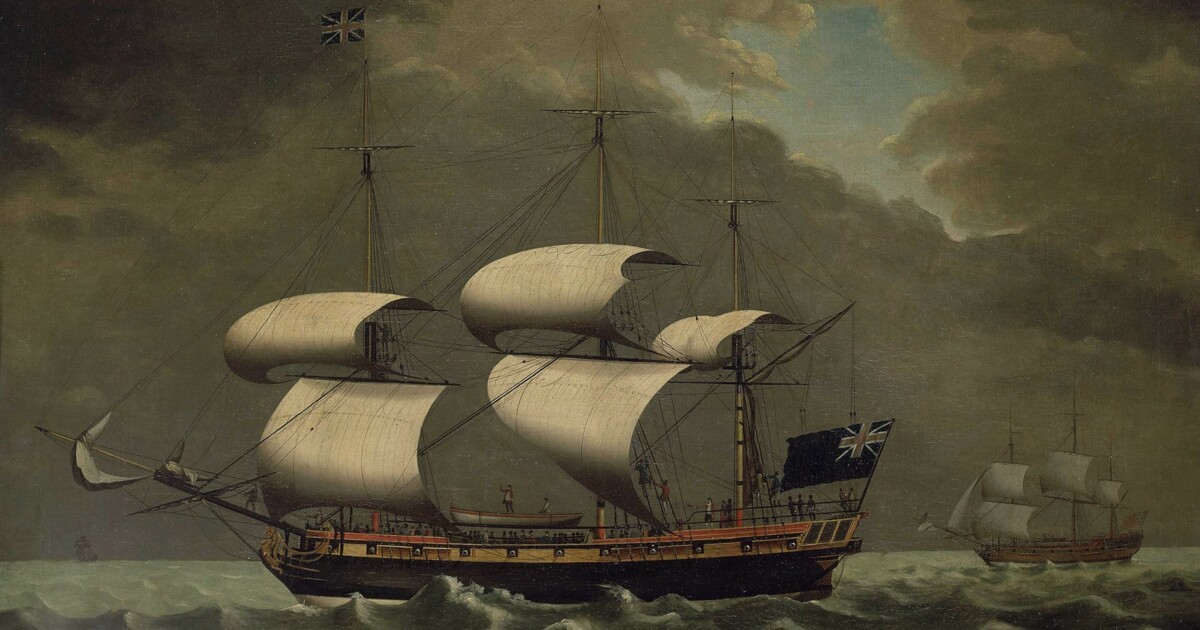Classic British TV is a hit around the world. But for how long?
Cultural exports focus on archive programmes amid slowdown in production of newer content

Midsomer Murders is known as a mainstay of British daytime TV, entertaining viewers with increasingly outlandish murders wiping out the population of a fictional English county.
Yet despite its narrow English references, the hit show also happens to be one of the UK’s biggest cultural exports, being broadcast in more than 200 countries around the world from Belgium to Bolivia.
The classic show, which launched in 1997, is no freak hit either. British television productions regularly punch above their weight on the international stage and demand is now growing for their lengthy back catalogues.
After bruising years of decline, exports of British TV programmes are back in growth and have topped £2bn for the first time, according to figures from Pact, which represents independent production companies.
Yet behind the headline numbers is a growing reliance on back catalogue – or “library” – sales, which accounted for 44pc of TV export revenues last year: a record high.
In other words, the growth of the British TV industry is driven largely by selling old episodes of programmes such as Mr Bean, Midsomer Murders, QI and Grand Designs, rather than new hits.
The reason for the popularity of classic shows is a slowdown in production of newer hits.
After a mini-renaissance of television making over the past decade, driven by the rise of streaming channels, rising production costs have prompted broadcasters to cut back their budgets.
In the UK, the BBC, ITV and Channel 4 have all reduced the amount they spend on programmes.
Similar trends are happening abroad. Between 2016 and 2024, commercial broadcasters in the five biggest European markets reduced their content spend by 19pc on average, according to research by Ampere Analysis.
Meanwhile, streaming services are tightening the purse strings after years of profligate spending at the height of the streaming wars.
Every major streaming service, including Netflix, Disney and Amazon Prime, reduced their commissioning from UK production companies last year, according to the Pact research.
As a result, cheaper back catalogue shows are becoming an increasingly popular way to fill TV schedules and streaming platforms.
“We’re going through a structural change across most of the broadcasting markets globally,” says John McVay, the chief executive of Pact.
“Normally distribution would have been driven by us licencing first-run programmes, but as people have got less money and the costs of production have gone up through inflation, what people are doing is buying more catalogue, which is cheaper.”
That’s good news for the UK because of its popularity around the world. British programmes regularly top the list of the most watched shows on Netflix, with original UK productions far outstripping any other nation in terms of viewing minutes.
The reason for this success – barring the obvious advantage of the English language – is harder to pin down.
Supporters point to the UK’s public service broadcasters, which have created a thriving TV production ecosystem. Others say there is something intangible about British culture that attracts interest from abroad.
“All things lead to some sort of innate quality or relevance relative to other production markets,” says Tom Harrington, at Enders Analysis.
“You would assume that the near universality of the English language drives it – and it can’t not be helpful, but it’s more than that.”
It’s also helpful that the big-spending US market is the largest destination for TV exports, with revenues rising by more than a third since last year.
While things may be good for now, there are concerns that these benefits could be short-lived.
Demand for UK shows in the US has, in part, been driven by the need to fill a gap left by a sharp slowdown in production in Hollywood because of Covid, strikes and the Los Angeles fires.
What’s more, the US media sector is braced for a sweeping wave of mergers that would reduce the number of commissioners in the market.
Paramount, Comcast and Netflix are all locked in a bidding war for Warner Bros Discovery, the behemoth behind Hollywood film studios and networks such as HBO and CNN.
“Everyone is already making less content and consolidation will only add to this downward trend in production volumes – nobody merges to spend more,” says Harrington.
With budgets shrinking and as the industry braces for a wave of consolidation on both sides of the Atlantic, UK producers are having to adapt, knowing they can’t rely on old hits forever.
In addition to selling more library shows, production companies are increasingly teaming up to spread the cost – and risk – of making programmes.
More radically, producers are increasing their focus on making money from non-programme sources such as merchandise, board games and books. This type of revenue rose to £212m last year, accounting for 11pc of total exports.
It is a well-established trend.
The BBC’s commercial arm makes significant money from selling Bluey toys around the world. Disney made more than £3bn in revenues last year from merchandise for Lilo & Stitch alone.
In 2023, Mattel turned its best-selling toy into a cinematic phenomenon with the Barbie movie.
Harrington is sceptical about how much money UK producers can make through this strategy.
“The one rule of TV is that no one knows if something will be a success, let alone if they will then buy a T-shirt,” he says.
And while brands have long sponsored TV series, Britain’s stricter broadcasting rules mean TV shows can’t simply be one long advert in the style of the Barbie film.
Nevertheless, as budgets tighten, UK producers know they can’t dine out on back catalogues forever and if they want to make money, they’ll have to start getting creative.
“You’re an independent IP [intellectual property] creator, you’re no longer just a TV producer,” says McVay. “The future is, you need to sweat your IP harder than you’ve ever sweated it before.”
[Source: Daily Telegraph]



































/file/attachments/2984/kevin_927177_ac6b66996c6681fa673210c6013a08c2.jpg)














